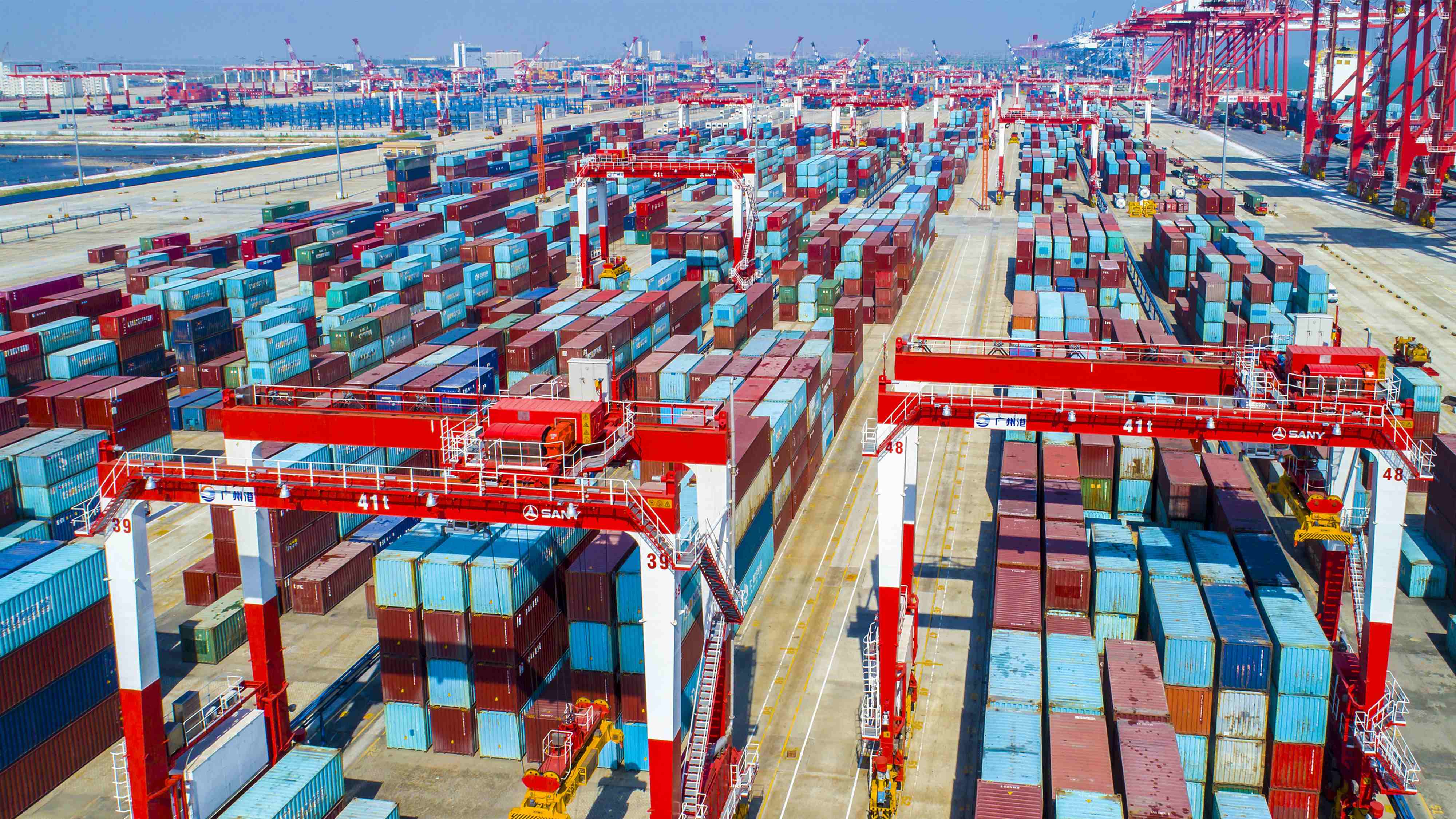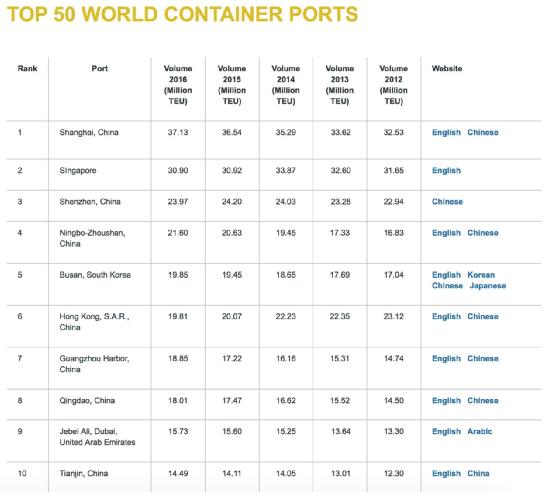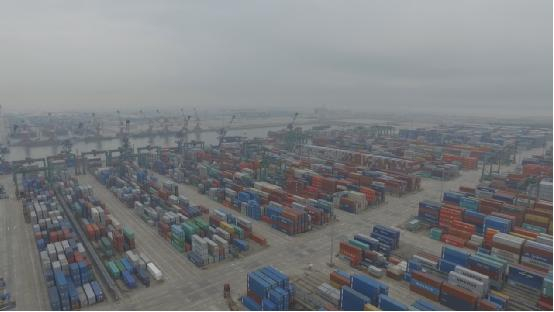
Business
17:47, 23-Aug-2018
Why does US remove containers from the second tariff list on Chinese goods?
Updated
17:42, 26-Aug-2018
By CGTN's He Weiwei and Huang Yi
01:58

The United States’ policy to impose 25 percent tariffs on another 16 billion US dollars worth of Chinese goods takes effect on Thursday. But compared to an original list published by the office of US Trade Representatives (USTR), five items are exempted from additional tariffs, including containers, floating docks, microtomes and alginic acid. Among them, containers are top-of-mind for many here in China.
According to the China Container Industry Association(CCIA), over 95 percent of containers worldwide are made in China. And about half of them are manufactured by one Chinese company based in Shenzhen city.
Mao Yanhua, vice dean of the Institute for Free Trade Zone Research at Sun Yat-sen University, explains why China is dominant in container production.
“The production base for containers relies heavily on port cities. If you look at the ten busiest ports in the world, they are all in Asia. Seven are Chinese cities, including Shanghai, Shenzhen and Hong Kong. So that means container production can only be in these areas, it can’t effectively be moved to America,” Mao told CGTN.

World’s 10 busiest ports released by World Shipping Council. /Worldshipping.org Photo
World’s 10 busiest ports released by World Shipping Council. /Worldshipping.org Photo
According to Denton's Law Firm, whose attorney attended the tariff hearing on July 25, American industry representatives opposed unanimously levying tariffs on containers.
"We have only two options - either pass the costs down to customers or close our businesses," said Mark DePasquale, representing the National Portable Storage Association during the hearing.
"The containers are almost exclusively produced in China, and the containers are used by the US military in disaster relief operations," said Steven Blust, from the Institute of International Container Lessors, Ltd.

Containers at Nansha port, Guangzhou city – one among the world’s busiest ports. /CGTN Photo
Containers at Nansha port, Guangzhou city – one among the world’s busiest ports. /CGTN Photo
“Containers are not as low-tech as some think. They also require technology.” Mao Yanhua told CGTN, “For example, some require a cold chain system, and a logistics monitoring system. Chinese companies are capable of producing customized containers, which increases our competitiveness in the industry.”
Professor Mao believes the US government wants to reduce the trade deficit with China and increase employment. But imposing tariffs on containers doesn’t serve either purpose.

SITEMAP
Copyright © 2018 CGTN. Beijing ICP prepared NO.16065310-3
Copyright © 2018 CGTN. Beijing ICP prepared NO.16065310-3